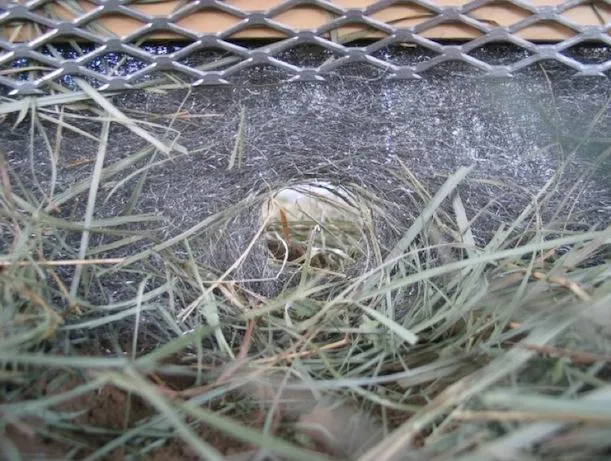How One Nuclear Missile Base Is Battling Ground Squirrels
In Montana, squirrels have been tunneling under a base’s fences and setting off intruder alarms, prompting researchers to strengthen its defenses
/https://tf-cmsv2-smithsonianmag-media.s3.amazonaws.com/filer/20130830114137squirrel-copy.jpg)
Malmstrom Air Force Base, in Western Montana, is home to 150 Minuteman III intercontinental ballistic missiles, each tipped with a nuclear warhead. Each of these missiles is housed in an underground silo, staffed by two military personnel around the clock, and can be fired on a moment’s notice.
But in recent years, the base has been dealing with an enemy so relentless that they’ve been forced to call in outside help to defend against it. That fearsome enemy is a species of rodent known as Richardson’s ground squirrel.
The squirrels, each about a foot long and 1-2 pounds, dig extensive underground tunnel networks (they’ve been known to excavate tunnel systems more than 30 feet in length). At Malmstrom, they’ve developed an annoying habit of tunneling underneath the fences that protect each nuclear missile’s silo.
“Anything that breaches the perimeter fence will set off the motion detector,” says Gary Witmer of the National Wildlife Research Center, the latter a USDA-funded organization that deals with human-animal conflicts and was called in to help at Malmstrom. “Security has to go out there and see what’s going on, and they’ve been getting thousands of false alarms each year, so you can imagine how irritating it was.” The silos are scattered over some 23,000 square miles, so in some cases, simply traveling out to check out a false intruder alarm requires a substantial investment in time and resources.
Additionally, over time, the rodents have started damaging the base’s physical infrastructure. “They’re burrowing under foundations, undermining road beds and gnawing on cables,” Witmer says.
In response, his team trapped a few dozen squirrels from the around the base, brought them to the research center in Fort Collins, Colorado, and set about designing squirrel-proof barriers for the missiles. Inside a dirt-filled lab, they tested each of the barriers, setting peanut butter, cantaloupe and cheese on one side and challenging the squirrels to break through.
The researchers’ first attempts ended in failure. For an underground barrier, they initially tested steel fabric (similar to steel wool) and a metal chain-link mesh, but they were no match for the squirrels. “They just tore through steel fabric, with their claws and ever-growing incisors, and squeezed right through the chain-link mesh,” Witmer says.

Eventually, they did find a pair of barriers that stopped the squirrels from getting through, as they presented at last year’s annual Vertebrate Pest Conference (PDF): metal sheets and trenches filled with gravel. “The squirrels aren’t comfortable walking on pea gravel, because it gives way, and they also can’t burrow into it because it keeps caving in,” Witmer says. As far as an aboveground barrier, the squirrels were able to easily climb over the first few materials the team tried, but they discovered that clear sheets of polycarbonate plastic were too slippery for the rodents to scale.
Next month, they’ll be installing a combination of the most successful barriers (metal sheets below ground with the polycarbonate plastic above) on a missile silo mockup located on the base. If they can keep out the squirrels for good, they’ll be installed on the actual silos—and the military will have one less enemy to deal with in the future.
For more background on the base’s battle with the ground squirrels, watch this video produced by the National Wildlife Research Center:
/https://tf-cmsv2-smithsonianmag-media.s3.amazonaws.com/accounts/headshot/joseph-stromberg-240.jpg)


/https://tf-cmsv2-smithsonianmag-media.s3.amazonaws.com/accounts/headshot/joseph-stromberg-240.jpg)